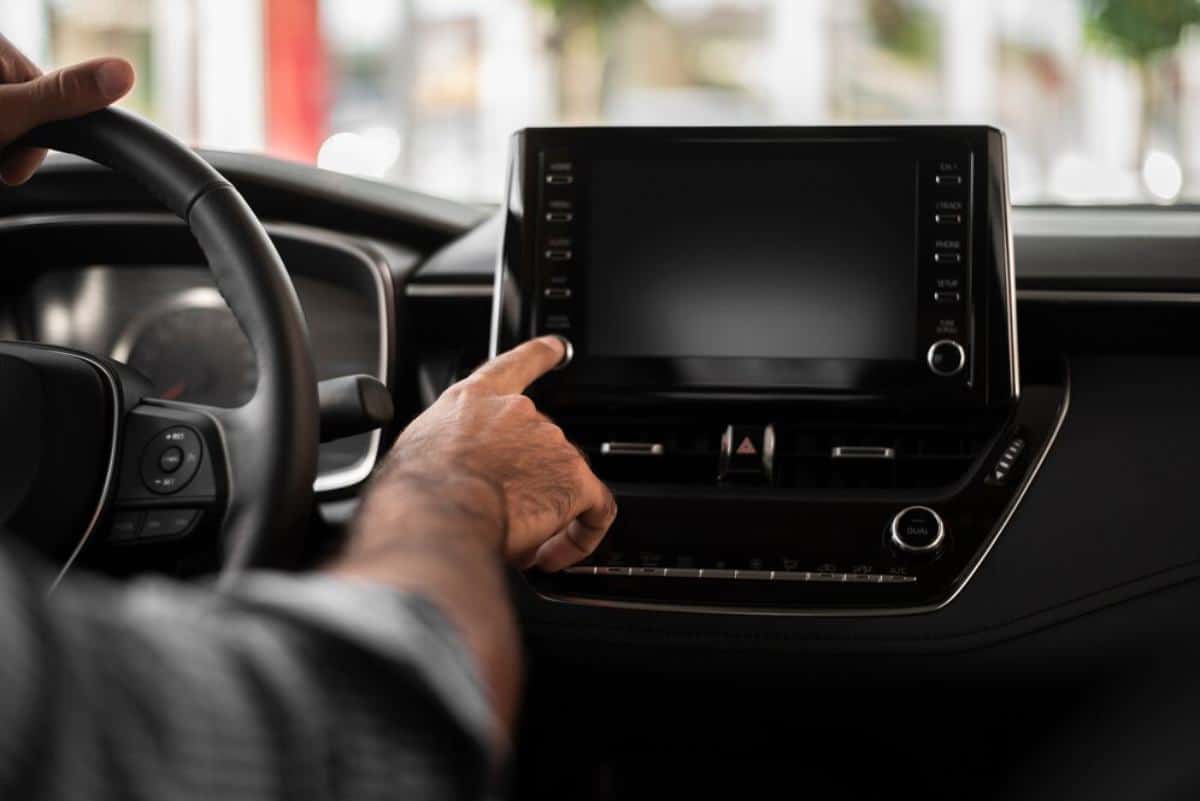
How to Upgrade Your Car’s Sound System on a Budget: A Comprehensive Guide
In today’s busy world, we spend a lot of time commuting. A good sound system in your car can really change that. If you love music or enjoy podcasts, great audio can make your daily drive more enjoyable. Updating your car’s sound system doesn’t have to break the bank. With a bit of know-how and some strategic planning, you can achieve a notable upgrade on a budget. As of October 2023, this guide helps you upgrade your car’s sound system. It focuses on DIY installation and budget-friendly choices so that you won’t overspend.
Understanding the Core
Before we get into upgrading your car’s sound system, let’s look at the main parts involved. A car audio system includes a few main parts: the head unit, speakers, amplifiers, and subwoofers. Each component plays a specific role in delivering the overall sound experience.
- Head Unit: This is the control centre of your car’s audio system. It allows you to manage audio sources, adjust settings, and connect with external devices.
- Speakers: These are responsible for producing sound. The quality of your speakers significantly impacts the clarity and depth of the audio.
- Amplifiers: Amplifiers boost the audio signal, providing more power to the speakers for a richer sound.
- Subwoofers: These focus on low-frequency sounds, adding depth and bass to your audio experience.

Knowing these parts helps you choose upgrades wisely. This way, you can get the best value for your money.
Quick Guide / Checklist
Here’s a quick reference checklist to guide you through the process of upgrading your car’s sound system on a budget:
- Assess your current system and identify areas for improvement.
- Set a realistic budget for the upgrade.
- Research and select budget-friendly components.
- Consider DIY installation to save on costs.
- Prioritise components that offer the most noticeable improvement.
- Ensure compatibility of new components with your existing system.
- Take advantage of sales and discounts for better deals.
- Test the system thoroughly after installation.
Pro Tip: Upgrading to component speakers can improve your car’s sound. You’ll enjoy clearer audio and better balance. This means you’ll hear highs and lows more distinctly.
Step-by-Step Guide (How to Practise)
Step 1: Assess Your Current System
Begin by evaluating your existing audio system. Listen to various types of music and note any deficiencies in sound quality. Are the speakers producing a clear sound, or do they crackle at higher volumes? Is the bass lacking depth? Identifying these issues will help you determine which components need upgrading.
Step 2: Set a Budget
Determine how much you’re willing to spend on the upgrade. A budget of £200 to £500 can significantly enhance your car’s audio system if spent wisely. It’s not about getting the most expensive parts. It’s about choosing the right ones that give you the best performance for your budget.
Step 3: Research Budget-Friendly Components
Once you’ve set your budget, research components that fit within it. Look for reputable brands known for offering quality products at reasonable prices. Check out online forums and read reviews. You’ll get insights from other car audio fans.
Step 4: Consider DIY Installation
One of the most effective ways to save money is by installing the components yourself. You can find many online resources and video tutorials to help with DIY car audio installation. Make sure you have the right tools. Follow the instructions closely. This helps prevent damage to your car or the new parts.
Step 5: Prioritise Key Components
If you have a tight budget, focus on parts that greatly improve sound quality. Upgrading your speakers and adding an amplifier can really improve sound clarity and volume. If bass is your priority, consider adding a budget-friendly subwoofer.
Step 6: Ensure Compatibility
When selecting new components, ensure they are compatible with your existing system. Check the specifications of your head unit and speakers to avoid any mismatches. Compatibility problems can cause bad performance or even harm your new parts.
Step 7: Take Advantage of Sales and Discounts
Keep an eye out for sales, discounts, and special offers from retailers. Buying during holiday sales or clearance events can get you better deals on quality parts.
Step 8: Test the System Thoroughly
After installing the new components, test the system thoroughly. Play different types of music to ensure a balanced sound across all frequencies. Adjust the settings on your head unit and amplifier to optimise the audio experience.
Important: Don’t ignore soundproofing your car. Adding sound-deadening materials can cut road noise and boost audio quality.
Important Things to Remember
- When upgrading speakers, consider purchasing component speakers instead of coaxial ones. Component speakers provide better sound quality. They separate the tweeter and woofer. This separation allows for more precise sound reproduction.
- Avoid the common mistake of neglecting soundproofing. Adding sound-deadening materials to your car doors and panels helps cut road noise. This can greatly improve your audio experience.
Best Practices & Additional Insights
- Balance Your System: Ensure your system is balanced by not overemphasising one component over others. A good system needs quality speakers, a solid head unit, and an amplifier. This combination will give you the best audio experience.
- Regular Maintenance: Regularly maintain your audio system by cleaning the components. Check for any loose connections. This will help prolong the lifespan of your system and maintain sound quality.
- Stay Informed: Keep up with the latest trends and technologies in car audio. Bluetooth and smart integration can boost your system’s function and convenience.
Tip: Use a portable audio analyzer or smartphone app. This helps you adjust the frequencies and get the best sound quality for your needs.

FAQs
Can I upgrade my car’s sound system without replacing the head unit?
Yes, you can upgrade parts like speakers and amplifiers. You don’t need to change the head unit. Upgrading the head unit can add new features and boost sound quality.
Is it difficult to install a subwoofer in my car?
Installing a subwoofer can be tough for beginners. However, with the right tools and guidance, it’s doable. Consider seeking help from online tutorials or forums if you’re unsure.
How can I improve bass without a subwoofer?
Upgrading to better speakers can boost bass response. Properly tuning your system helps, too. You don’t need a subwoofer for this. Also, adding an amplifier gives your speakers more power, improving the bass.
Conclusion: Enhance Your Ride with Budget-Friendly Sound Upgrades
You can upgrade your car’s sound system on a budget. With the right approach and some research, it’s easy to do. To enhance your audio experience, focus on the key parts. Try DIY installation. Also, use discounts. You can do this without spending too much. Keep your system well-maintained. Also, stay updated on new technologies. This way, you can maximise your investment.
Ready to transform your driving experience? Start upgrading your car’s sound system today and enjoy the journey like never before. For more tips and in-depth guides, join a community of car audio enthusiasts.